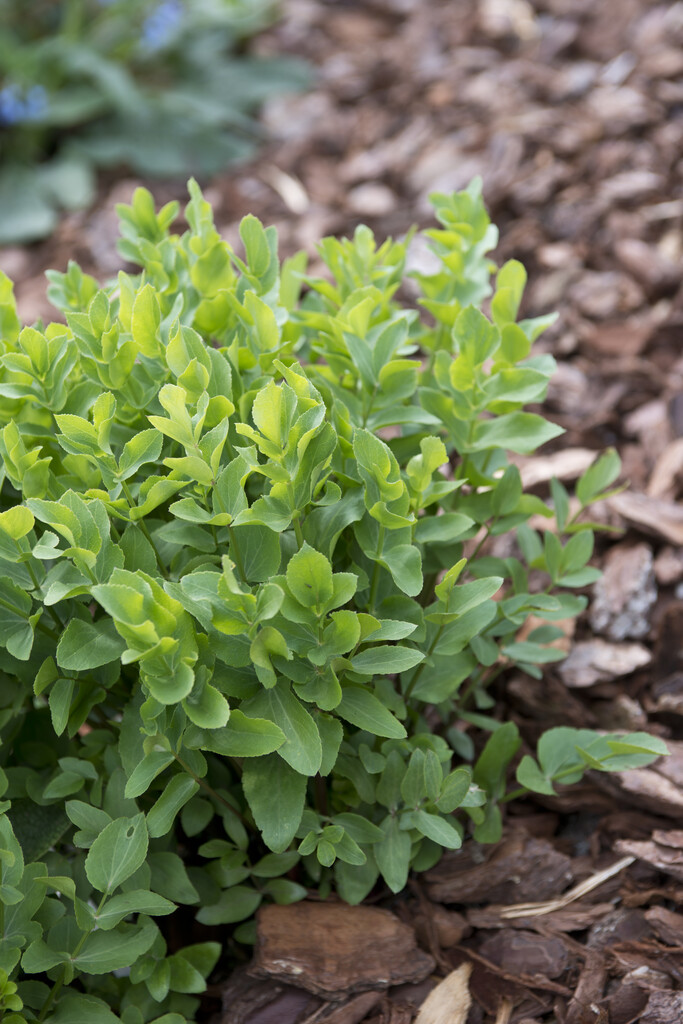Sium sisarum
skirret
A herbaceous perennial that was a popular root vegetable before potatoes where introduced into Britain. The white roots are harvested when the plant is dormant (autumn to early spring) and taste like a mixture of sweet carrots and parsnips. It can also also be used as an ornamental plant, with umbels of small white flowers in summer
Size
Ultimate height
1–1.5 metresTime to ultimate height
1–2 yearsUltimate spread
0.1–0.5 metresGrowing conditions
Moisture
Moist but well–drainedpH
Acid, Alkaline, NeutralColour & scent
| Stem | Flower | Foliage | Fruit | |
| Spring | Green | |||
|---|---|---|---|---|
| Summer | White | Green | ||
| Autumn | Green | |||
| Winter |
Position
- Full sun
Aspect
South–facing or West–facing or East–facing
Exposure
Exposed or Sheltered Hardiness
H6Botanical details
- Family
- Apiaceae
- Native to GB / Ireland
- No
- Foliage
- Deciduous
- Habit
- Clump forming
- Name status
Correct
- Plant range
- Europe E Asia
How to grow
Cultivation
Grow in moisture-retentive, deep, fertile soil in a sunny position. Water during dry spells if roots are to be harvested and eaten. Lift and divide clumps when dormant (between November and March), replanting some sections and keeping the rest to eat
Propagation
Propagate by seed. See sowing vegetable seeds
Suggested planting locations and garden types
- Cottage and informal garden
- Flower borders and beds
Pruning
Cut back stems before lifting to harvest roots, or in early spring
Pests
May be susceptible to stem and bulb eelworm. Roots may be eaten by voles
Diseases
Generally disease-free
Get involved
The Royal Horticultural Society is the UK’s leading gardening charity. We aim to enrich everyone’s life through plants, and make the UK a greener and more beautiful place.
